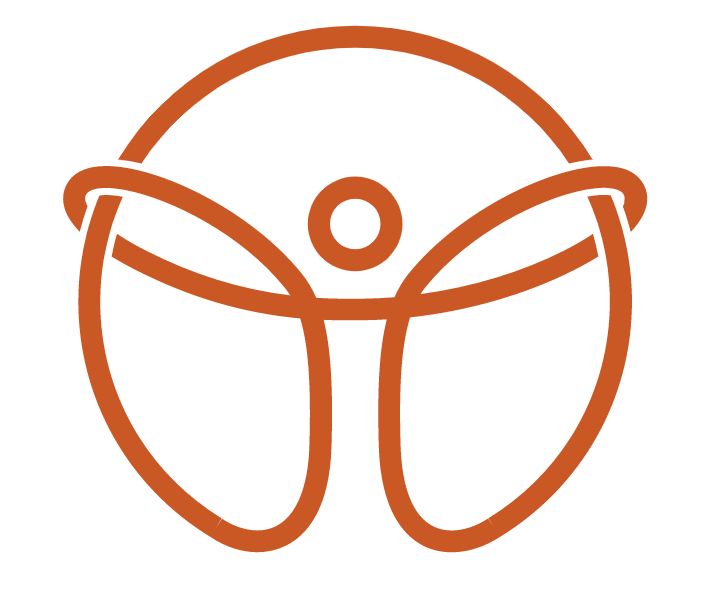Understanding and Diagnosing Muscle Tears and Ruptures: A Comprehensive Guide by MVMT STL
At MVMT STL, we believe that a thorough understanding of muscle injuries, from diagnosis to rehabilitation, is essential for optimal recovery and long-term health. Muscle tears and ruptures are common yet serious injuries that can significantly impact daily activities and athletic performance. Proper diagnosis and management are crucial for effective healing and preventing future injuries. In this blog, we'll explore the steps involved in diagnosing muscle tears and ruptures, the role of diagnostic imaging, and the importance of rehabilitation and chiropractic care during recovery.
Diagnosing Muscle Tears and Ruptures
Physical Examination
The first step in diagnosing a muscle tear or rupture is a comprehensive physical examination. During this examination, your healthcare provider will:
Review Medical History: Understanding the circumstances surrounding the injury, previous injuries, and overall health status.
Assess Symptoms: Common symptoms of muscle tears include sudden pain, swelling, bruising, weakness, and limited range of motion.
Palpation: Gently feeling the injured area to identify tenderness, swelling, or a palpable defect in the muscle.
Range of Motion Tests: Evaluating the affected limb’s movement to determine the extent of mobility and pinpoint areas of discomfort.
Strength Tests: Assessing the strength of the injured muscle and comparing it to the uninjured side to gauge the severity of the injury.
Diagnostic Imaging
While a physical examination provides valuable information, diagnostic imaging is often necessary to confirm the diagnosis and assess the extent of the injury.
Ultrasound: This imaging technique uses sound waves to create real-time images of muscles, tendons, and ligaments. Ultrasound is particularly useful for detecting muscle tears and monitoring healing progress. It is a quick, non-invasive, and cost-effective method.
MRI (Magnetic Resonance Imaging): MRI is the gold standard for diagnosing muscle tears and ruptures. It provides detailed images of soft tissues, including muscles, tendons, and ligaments, allowing for precise identification of the injury’s location and severity. MRI is especially useful for detecting partial tears, full ruptures, and any associated injuries.
Managing Muscle Tears and Ruptures
Once a muscle tear or rupture is diagnosed, a tailored management plan is essential for optimal recovery. Initial treatment often includes:
Rest: Avoiding activities that strain the injured muscle to prevent further damage.
Ice: Applying ice to reduce swelling and pain during the initial stages of injury.
Compression: Using bandages or compression garments to minimize swelling.
Elevation: Keeping the injured limb elevated to reduce swelling and promote healing.
Importance of Rehabilitation
Proper rehabilitation is crucial for recovering from muscle tears and ruptures. A comprehensive rehabilitation program typically includes:
Physical Therapy: Targeted exercises to restore strength, flexibility, and function. Physical therapists will guide you through a progression of exercises tailored to your specific injury and recovery stage.
Gradual Return to Activity: Slowly reintroducing activities to avoid re-injury and ensure that the muscle is fully healed and capable of handling the demands placed upon it.
Role of Chiropractic Care in Recovery
Chiropractic care plays a vital role in the recovery process by maintaining good joint mobility and mechanics. At MVMT STL, our chiropractors focus on:
Optimizing Joint Function: Ensuring that the joints surrounding the injured muscle are functioning properly to support the healing process.
Improving Movement Patterns: Correcting any compensatory movement patterns that may have developed due to the injury, reducing the risk of future injuries.
Enhancing Overall Mobility: Providing treatments that improve overall joint mobility, flexibility, and stability, which are essential for full recovery and prevention of re-injury.
Conclusion
Proper diagnosis and management of muscle tears and ruptures are essential for effective healing and long-term health. At MVMT STL, we are committed to providing comprehensive care, from accurate diagnosis using physical examinations and diagnostic imaging to tailored rehabilitation programs and chiropractic care. By addressing all aspects of the injury and recovery process, we help our patients achieve optimal health and performance.
If you suspect a muscle tear or rupture, don't hesitate to contact us at MVMT STL for expert diagnosis and personalized care. Your journey to recovery starts with the right diagnosis and a dedicated team by your side.

